Home>Furniture & Design>Interior Design Trends>How Thick Is Double Strength Glass
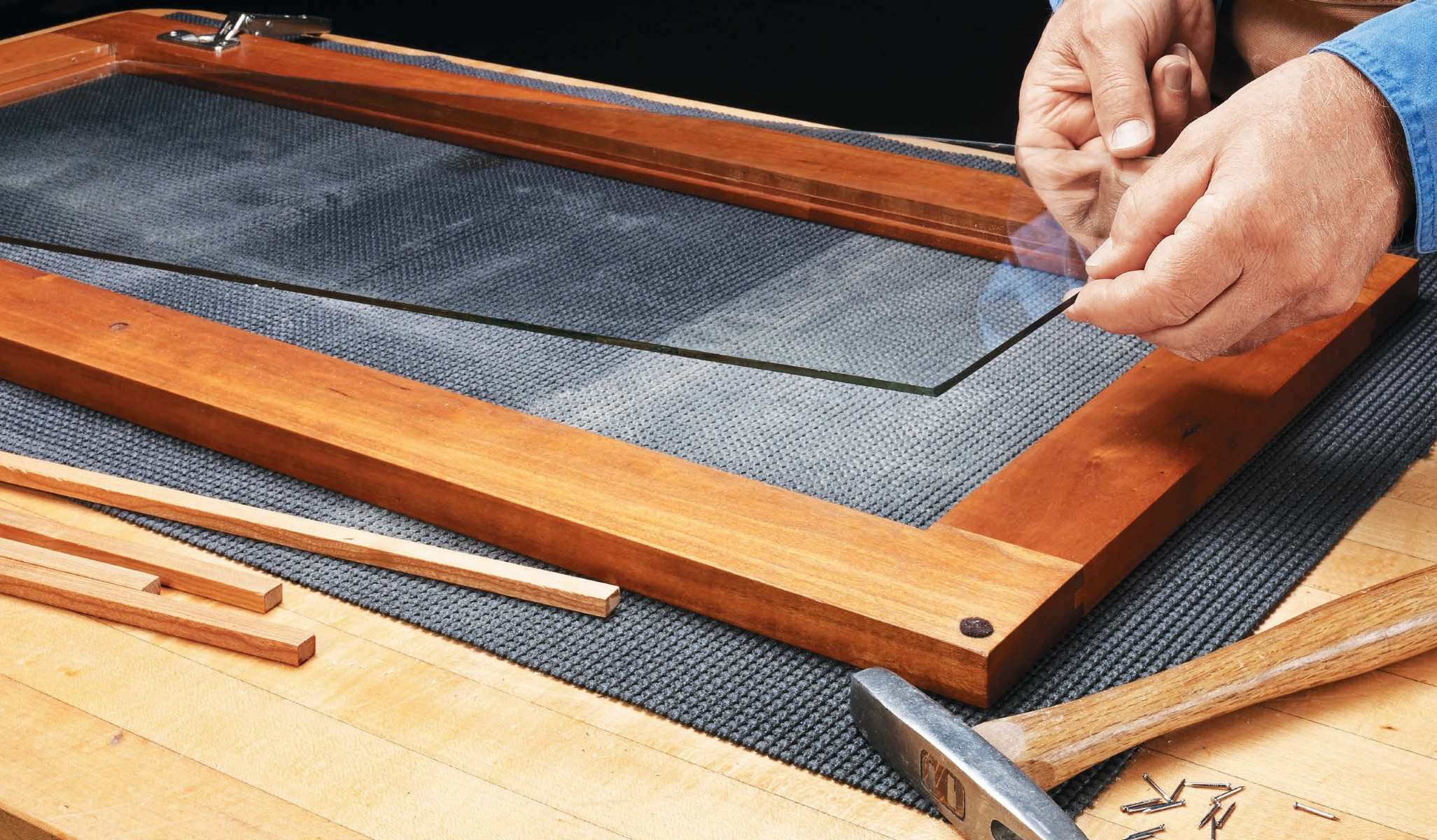

Interior Design Trends
How Thick Is Double Strength Glass
Published: February 8, 2024
Discover the latest interior design trends with insights on the thickness of double strength glass. Learn how this feature can elevate your space.
(Many of the links in this article redirect to a specific reviewed product. Your purchase of these products through affiliate links helps to generate commission for Storables.com, at no extra cost. Learn more)
Introduction
When it comes to interior design and architecture, the choice of materials plays a pivotal role in shaping the aesthetics and functionality of a space. One such material that has gained prominence in modern design is double strength glass. Its versatility, durability, and aesthetic appeal have made it a popular choice for a wide range of applications, from residential homes to commercial buildings.
In this comprehensive guide, we will delve into the world of double strength glass, exploring its characteristics, uses, and the factors that determine its thickness. Whether you are a homeowner looking to incorporate this sleek material into your interior design or a professional seeking to understand its technical aspects, this article aims to provide valuable insights into the world of double strength glass.
Let's embark on a journey to unravel the mysteries of this fascinating material and gain a deeper understanding of its significance in the realm of interior design and architecture.
Key Takeaways:
- Double strength glass, with its 1/4 inch thickness, enhances energy efficiency and reduces noise, making it a popular choice for windows, doors, and architectural applications.
- Factors like insulation, soundproofing, and aesthetics influence the thickness of double strength glass, impacting its performance and suitability for specific uses.
Read more: How Thick Is Bulletproof Glass
What is Double Strength Glass?
Double strength glass, also known as double-pane or double-glazed glass, is a type of glass that consists of two panes of glass separated by a layer of air or gas. This construction provides enhanced insulation and soundproofing properties compared to single-pane glass, making it a popular choice for windows, doors, and other architectural applications.
The term "double strength" refers to the thickness of the individual glass panes used in the construction of the double-glazed unit. Typically, each pane is around 1/8 inch thick, resulting in a combined thickness of approximately 1/4 inch for the entire double strength glass unit.
This type of glass is known for its ability to improve energy efficiency by reducing heat transfer and minimizing the loss of conditioned air from indoor spaces. Additionally, the presence of two panes of glass creates a barrier that helps to dampen external noise, contributing to a quieter and more comfortable interior environment.
Double strength glass is available in various configurations, including different types of glass for specific functional and aesthetic requirements. For instance, low-emissivity (low-e) coatings can be applied to the glass to further enhance its thermal performance, while tinted or reflective coatings are often used to control light transmission and reduce glare.
In recent years, double strength glass has become a staple in sustainable building design, as it aligns with the principles of energy efficiency and environmental responsibility. Its ability to reduce the reliance on artificial heating and cooling systems makes it an attractive option for green buildings and eco-conscious homeowners.
Overall, double strength glass represents a significant advancement in the field of architectural glazing, offering a combination of practical benefits and aesthetic appeal. Its widespread adoption across residential, commercial, and institutional projects underscores its importance in modern construction and interior design.
This section provides a comprehensive overview of double strength glass, shedding light on its composition, functional attributes, and relevance in contemporary architectural practice.
How is Double Strength Glass Measured?
The measurement of double strength glass is a critical aspect that directly influences its performance and suitability for various applications. Unlike single-pane glass, which is typically measured based on its thickness in inches or millimeters, the measurement of double strength glass involves assessing the combined thickness of the two individual glass panes within the double-glazed unit.
The standard thickness of each glass pane in double strength glass is approximately 1/8 inch, resulting in a combined thickness of around 1/4 inch for the entire unit. This measurement is crucial in determining the structural integrity, thermal efficiency, and soundproofing capabilities of the glass.
In addition to the overall thickness, the measurement of double strength glass also encompasses the evaluation of the air or gas-filled space between the two panes. This gap, known as the "insulated airspace," plays a vital role in enhancing the glass's insulation properties. The width of this airspace can vary depending on the specific requirements of the application, with common dimensions ranging from 6 to 20 millimeters.
Furthermore, the measurement of double strength glass extends beyond physical dimensions to include other factors that contribute to its overall performance. These factors may include the type of glass used for each pane, such as annealed, tempered, or laminated glass, as well as any additional coatings or treatments applied to the glass surfaces.
It is important to note that the measurement of double strength glass is not limited to its thickness alone. The comprehensive evaluation of its thermal conductivity, solar heat gain coefficient, and visible light transmittance is essential for assessing its energy efficiency and suitability for specific environmental conditions.
In architectural and construction contexts, accurate measurement and specification of double strength glass are crucial for ensuring compliance with building codes, energy efficiency standards, and performance expectations. Architects, engineers, and glazing professionals rely on precise measurements to select the most appropriate double strength glass configurations for their projects, taking into account factors such as climate, building orientation, and occupant comfort.
In summary, the measurement of double strength glass encompasses not only its physical thickness but also the characteristics of its individual components and their collective impact on the glass's performance. This holistic approach to measurement underscores the importance of precision and attention to detail in the selection and application of double strength glass in diverse architectural and interior design contexts.
Double strength glass, also known as 2mm glass, is typically around 1/8 inch thick. It is commonly used for windows and doors in residential and commercial buildings.
Factors Affecting the Thickness of Double Strength Glass
The thickness of double strength glass is influenced by a variety of factors, each playing a crucial role in determining the performance, durability, and suitability of the glass for specific applications. Understanding these factors is essential for architects, designers, and construction professionals seeking to optimize the use of double strength glass in their projects.
-
Insulation Requirements: One of the primary factors influencing the thickness of double strength glass is the desired level of insulation. In regions with extreme climates, thicker double strength glass units are often preferred to enhance thermal efficiency and minimize heat transfer. The thickness of the glass, combined with the width of the insulated airspace between the panes, directly impacts the overall insulation properties of the unit.
-
Soundproofing Needs: In environments where noise reduction is a priority, such as urban areas or buildings near transportation hubs, the thickness of double strength glass becomes a critical consideration. Thicker glass panes, when combined with specialized acoustic treatments, can effectively attenuate external noise, creating a quieter and more comfortable indoor environment.
-
Structural Requirements: The structural integrity of a building's glazing system is another factor that influences the thickness of double strength glass. In applications where the glass is subjected to high wind loads, seismic forces, or other structural stresses, thicker glass units may be specified to ensure adequate strength and safety.
-
Energy Efficiency Standards: Building codes and energy efficiency standards often dictate the minimum thickness requirements for double strength glass in new construction and renovation projects. Compliance with these standards may necessitate the use of thicker glass units to meet prescribed performance criteria and optimize energy conservation.
-
Aesthetic Considerations: While functional attributes are paramount, aesthetic preferences also play a role in determining the thickness of double strength glass. In contemporary architectural design, the use of oversized glass panels and minimal framing has become increasingly popular, driving the demand for thicker glass units that can support larger spans without compromising visual appeal.
-
Environmental Factors: The local climate and environmental conditions can influence the selection of double strength glass thickness. For instance, buildings in coastal areas or regions prone to severe weather events may require thicker glass to withstand potential impacts from windborne debris or extreme weather conditions.
-
Specialized Applications: Certain specialized applications, such as glass floors, skylights, and structural glass walls, may necessitate the use of thicker double strength glass to meet specific load-bearing and safety requirements. These applications often demand custom-engineered glass solutions tailored to the unique demands of the project.
By considering these factors, architects and designers can make informed decisions regarding the thickness of double strength glass, ensuring that it aligns with the functional, aesthetic, and regulatory parameters of their projects. The interplay of these factors underscores the dynamic nature of glass specification, highlighting the need for a holistic approach that balances technical performance with design intent and environmental considerations.
Common Uses of Double Strength Glass
Double strength glass finds a wide array of applications across residential, commercial, and institutional settings, owing to its versatile properties and functional benefits. Here are some common uses of double strength glass:
-
Windows and Doors: One of the primary applications of double strength glass is in the fabrication of energy-efficient windows and doors. By incorporating double-glazed units, homeowners and building occupants can enjoy improved thermal insulation, reduced condensation, and enhanced soundproofing, creating a more comfortable and sustainable living or working environment.
-
Architectural Facades: In modern architectural design, double strength glass is often employed in the construction of striking building facades. Its transparency, coupled with the ability to control solar heat gain and glare through specialized coatings, allows architects to create visually stunning facades while optimizing energy performance and occupant comfort.
-
Skylights and Roof Glazing: Double strength glass is a popular choice for skylights and roof glazing systems, enabling the ingress of natural light while mitigating heat loss and excessive solar heat gain. This application enhances the visual appeal of interior spaces, reduces the reliance on artificial lighting, and contributes to a more sustainable building design.
-
Partition Walls and Room Dividers: The use of double strength glass in partition walls and room dividers adds a touch of elegance and openness to interior spaces. It allows natural light to permeate through different areas while maintaining acoustic privacy, making it an ideal solution for creating functional yet visually seamless divisions within a space.
-
Glass Balustrades and Railings: In both residential and commercial settings, double strength glass is utilized for balustrades and railings, offering a sleek and contemporary aesthetic while ensuring safety and compliance with building codes. Its transparency and durability make it a preferred choice for creating unobstructed views and enhancing the overall design aesthetic.
-
Showers and Bath Enclosures: Double strength glass is commonly used in the construction of modern shower enclosures and bath partitions. Its ability to withstand moisture and temperature variations, coupled with its ease of maintenance, makes it an ideal material for creating stylish and functional bathing spaces.
-
Commercial Display Cases and Storefronts: Retail establishments often utilize double strength glass for display cases, storefronts, and interior partitions. Its clarity, durability, and customizable design options make it a versatile solution for showcasing merchandise while providing a visually appealing and secure shopping environment.
-
Greenhouses and Conservatories: In horticultural and botanical settings, double strength glass is employed in the construction of greenhouses and conservatories. Its thermal insulation properties create a conducive environment for plant growth, while its transparency allows ample sunlight to nurture the flora within these specialized structures.
These diverse applications underscore the adaptability and significance of double strength glass in contemporary architecture and interior design. Its ability to seamlessly integrate functional performance with aesthetic appeal makes it a valuable asset in enhancing the sustainability, comfort, and visual allure of built environments.
Read more: How To Break Thick Glass
Conclusion
In conclusion, double strength glass stands as a testament to the evolution of architectural glazing, offering a harmonious blend of functionality, sustainability, and aesthetic versatility. Its widespread adoption across diverse applications, from residential windows to commercial facades, underscores its pivotal role in shaping modern interior design and architectural practices.
The comprehensive exploration of double strength glass has shed light on its composition, measurement, influencing factors, and common uses. From a technical standpoint, the measurement of double strength glass extends beyond physical dimensions to encompass the evaluation of its insulation properties, soundproofing capabilities, and energy efficiency. This holistic approach to measurement underscores the importance of precision and attention to detail in the selection and application of double strength glass in diverse architectural and interior design contexts.
Furthermore, the factors influencing the thickness of double strength glass, including insulation requirements, soundproofing needs, structural considerations, and aesthetic preferences, highlight the dynamic nature of glass specification. Architects and designers must carefully consider these factors to ensure that the selected glass thickness aligns with the functional, aesthetic, and regulatory parameters of their projects.
The common uses of double strength glass, ranging from windows and doors to skylights, partition walls, and commercial displays, exemplify its adaptability and relevance in enhancing the sustainability, comfort, and visual allure of built environments. Its ability to seamlessly integrate functional performance with aesthetic appeal makes it a valuable asset in the pursuit of sustainable, visually captivating, and occupant-centric design solutions.
As the architectural and interior design industries continue to embrace sustainable and energy-efficient practices, the role of double strength glass is poised to expand further, driving innovation and creativity in building envelope design and spatial planning. Its capacity to optimize natural light, mitigate heat transfer, and create visually striking elements positions it as a key player in the quest for environmentally responsible and visually captivating built environments.
In essence, the journey through the realm of double strength glass has unveiled its significance as a transformative material, shaping the way we perceive and interact with architectural spaces. Its ability to transcend functional boundaries and elevate the sensory experience within built environments cements its status as a cornerstone of contemporary interior design and architectural expression.
Frequently Asked Questions about How Thick Is Double Strength Glass
Was this page helpful?
At Storables.com, we guarantee accurate and reliable information. Our content, validated by Expert Board Contributors, is crafted following stringent Editorial Policies. We're committed to providing you with well-researched, expert-backed insights for all your informational needs.

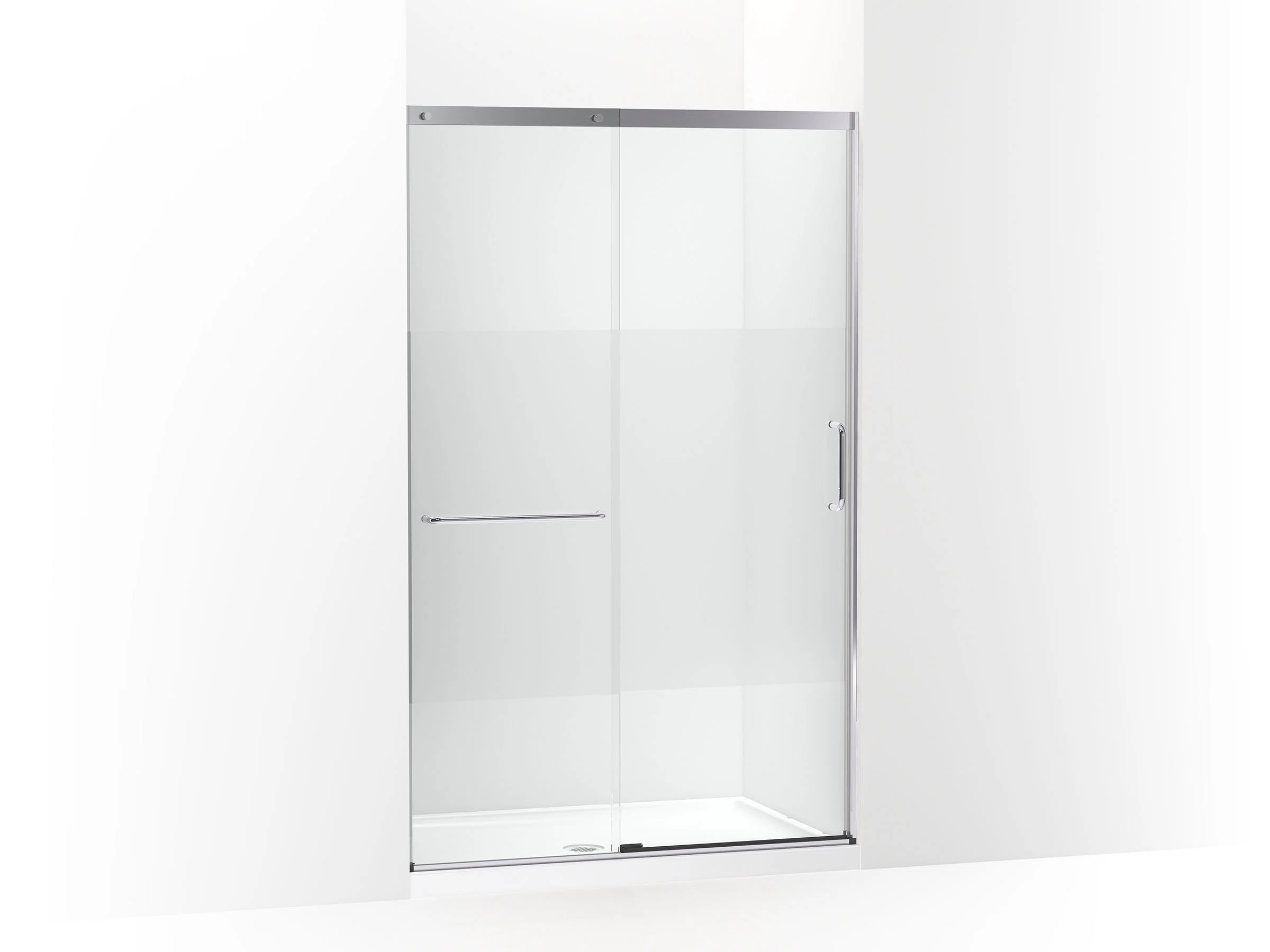
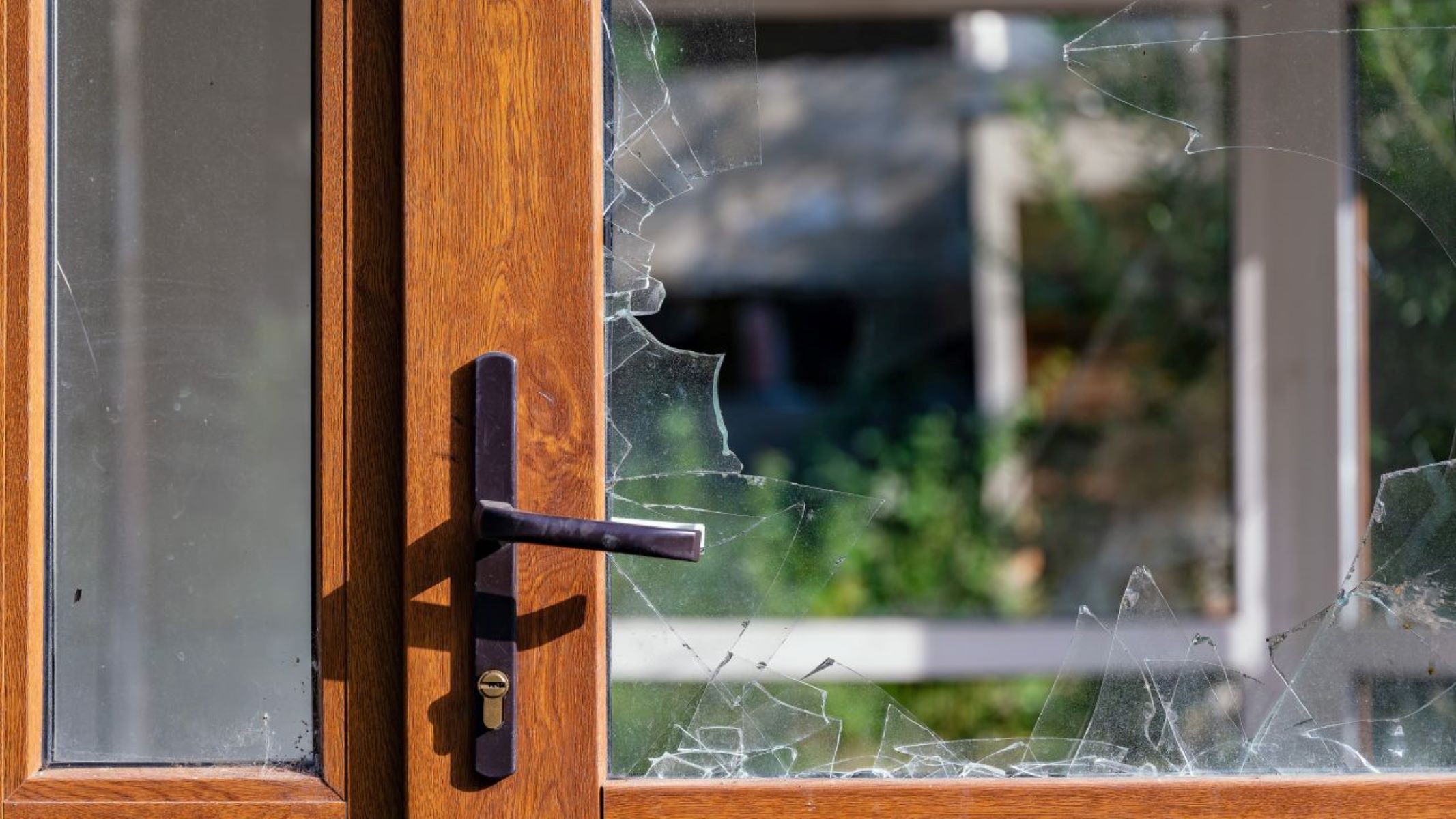




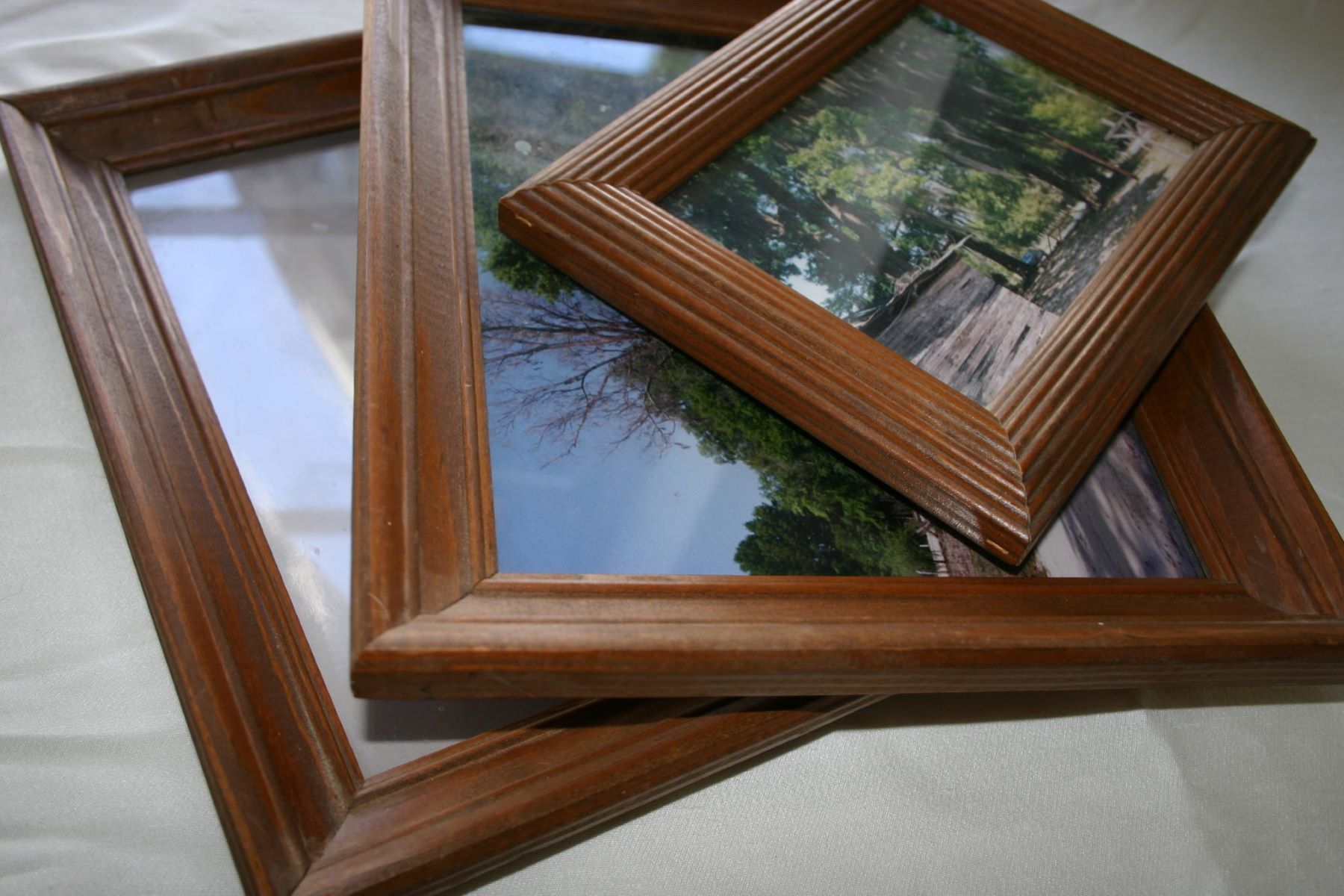
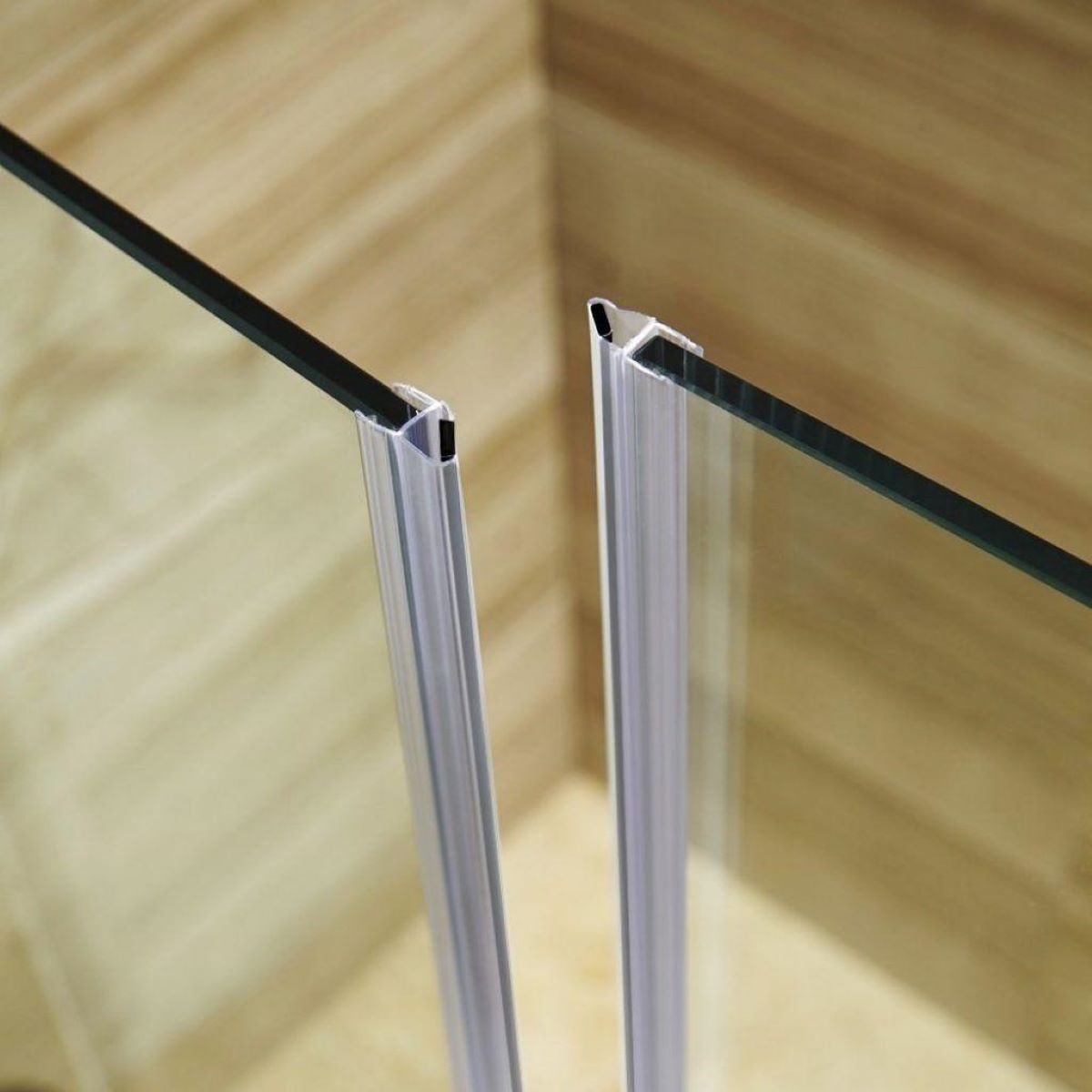
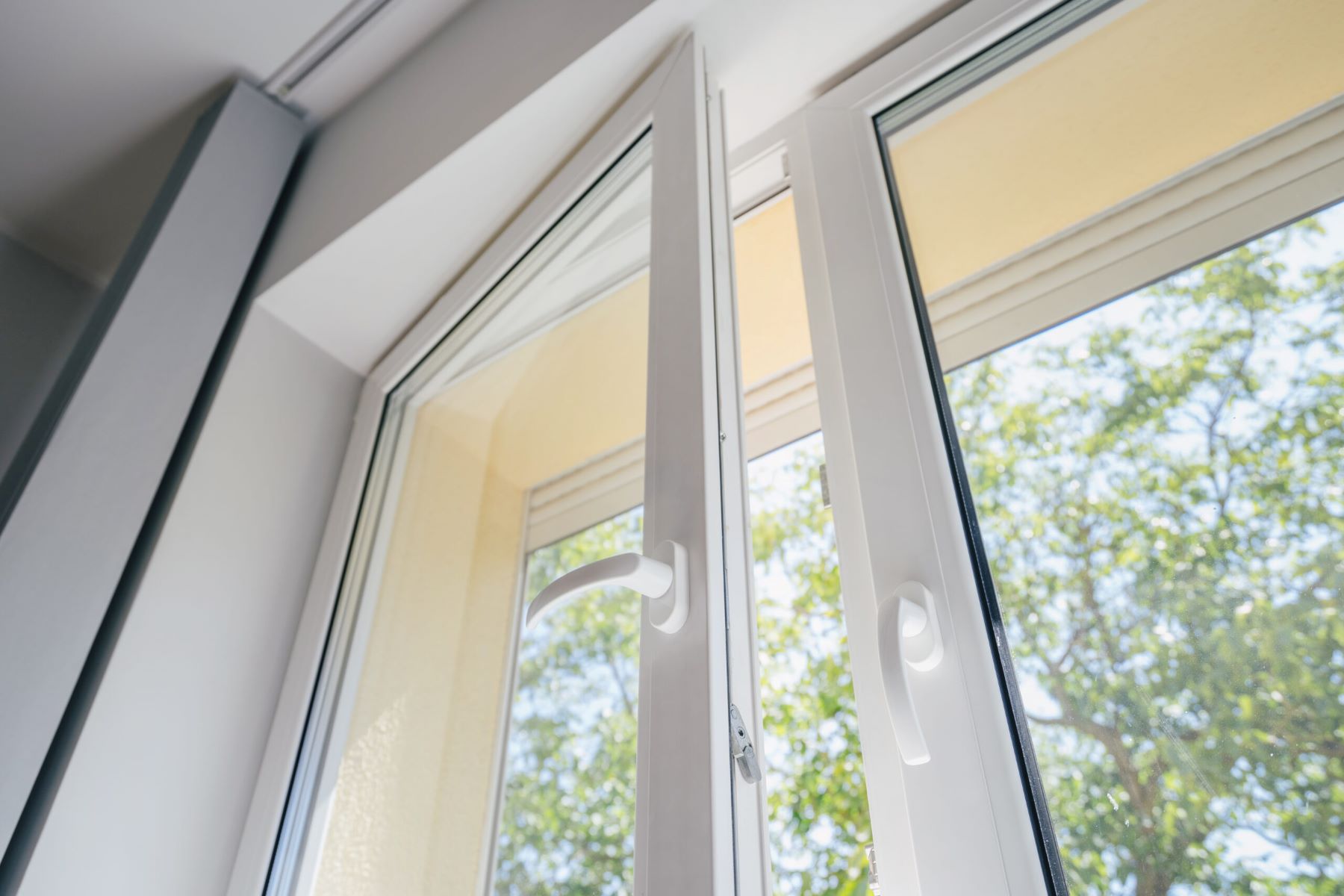
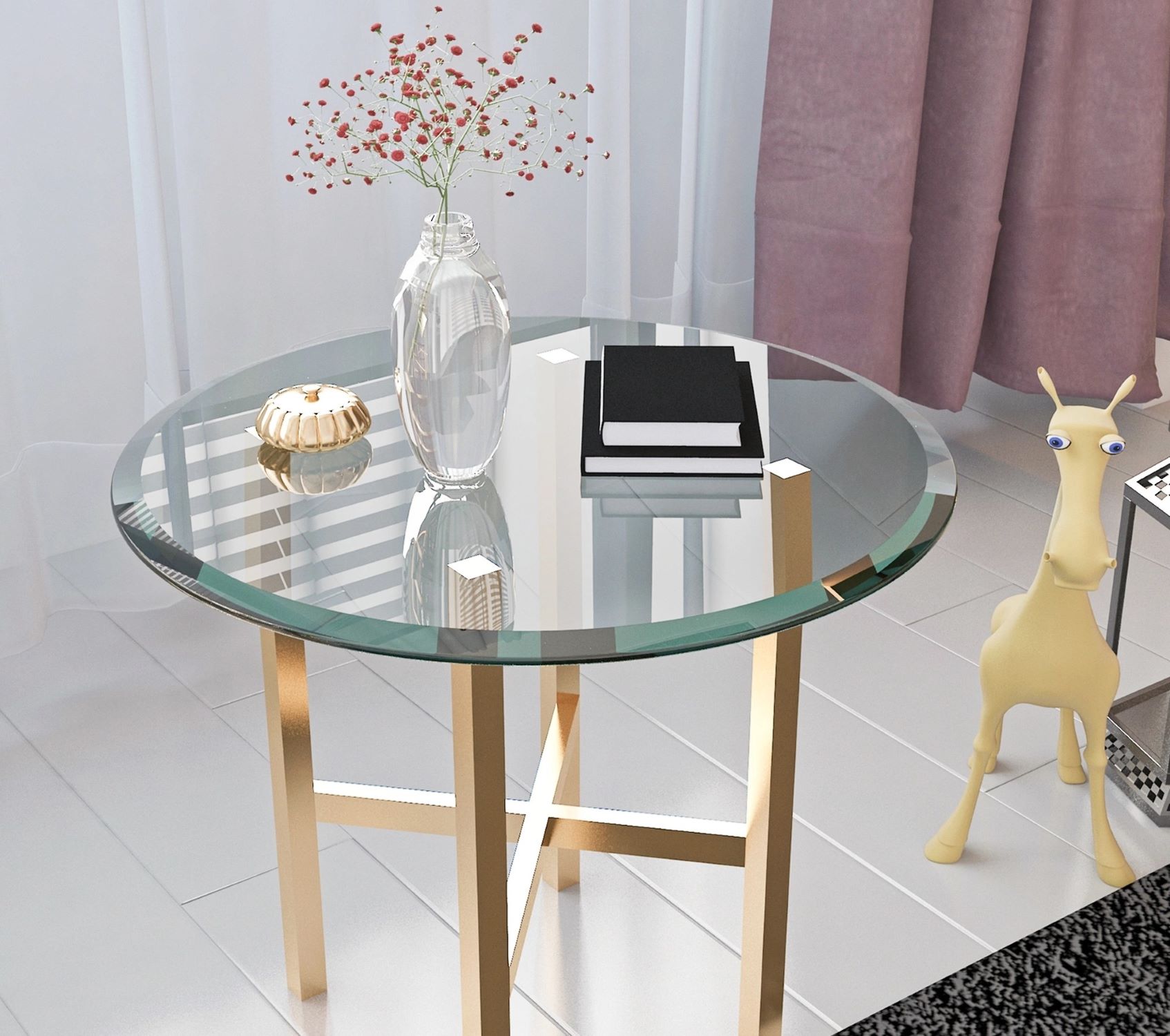
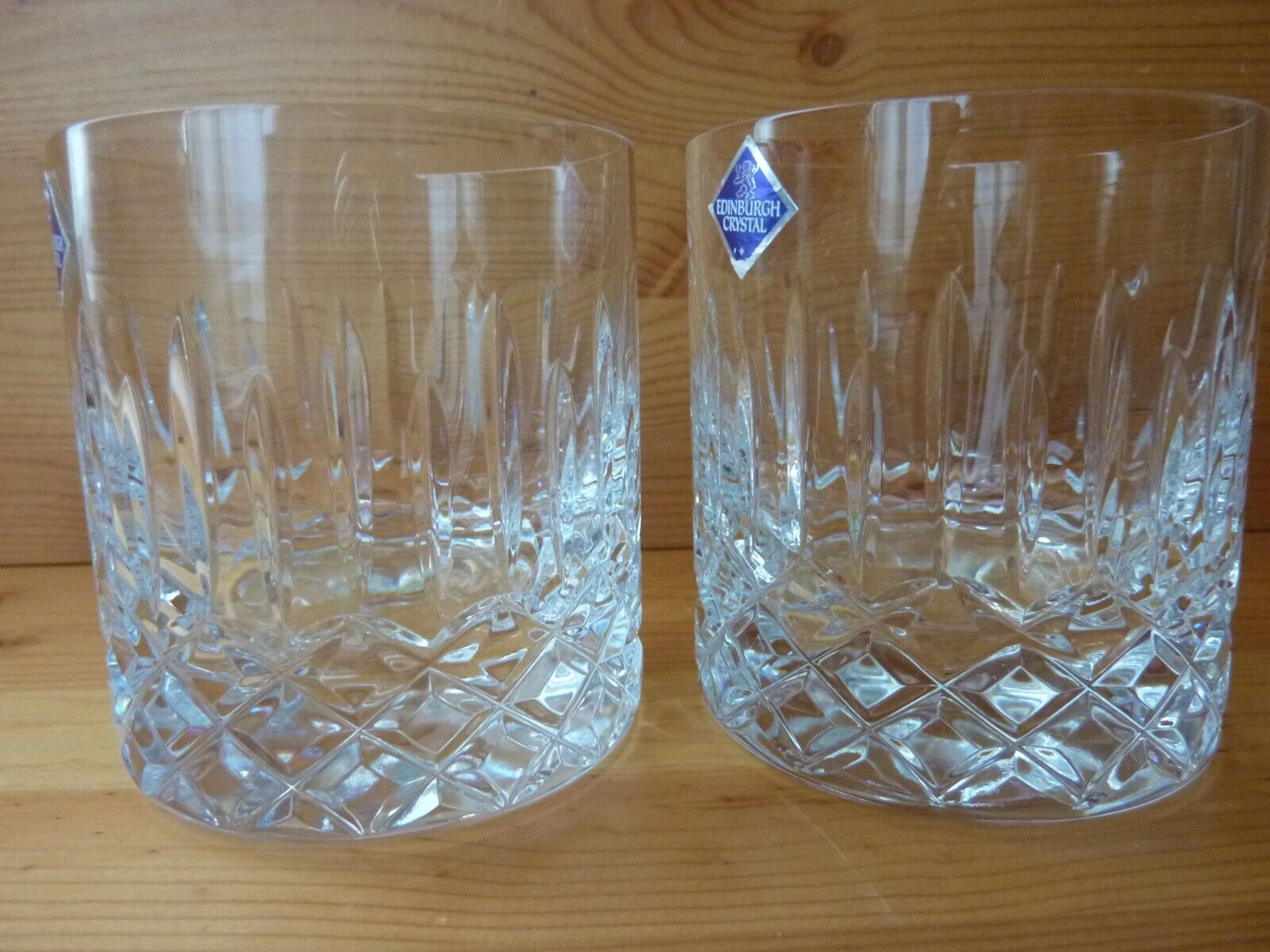
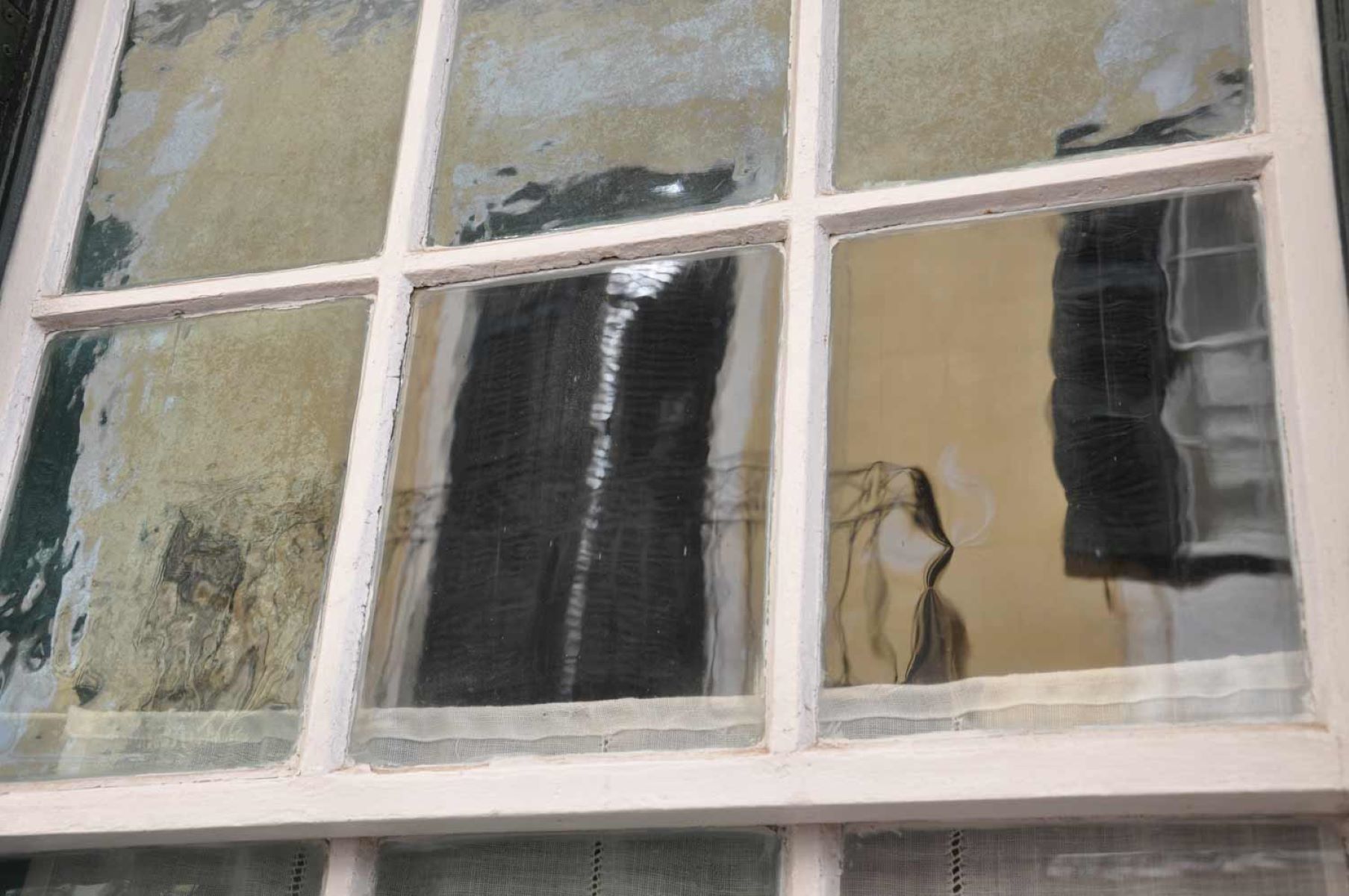
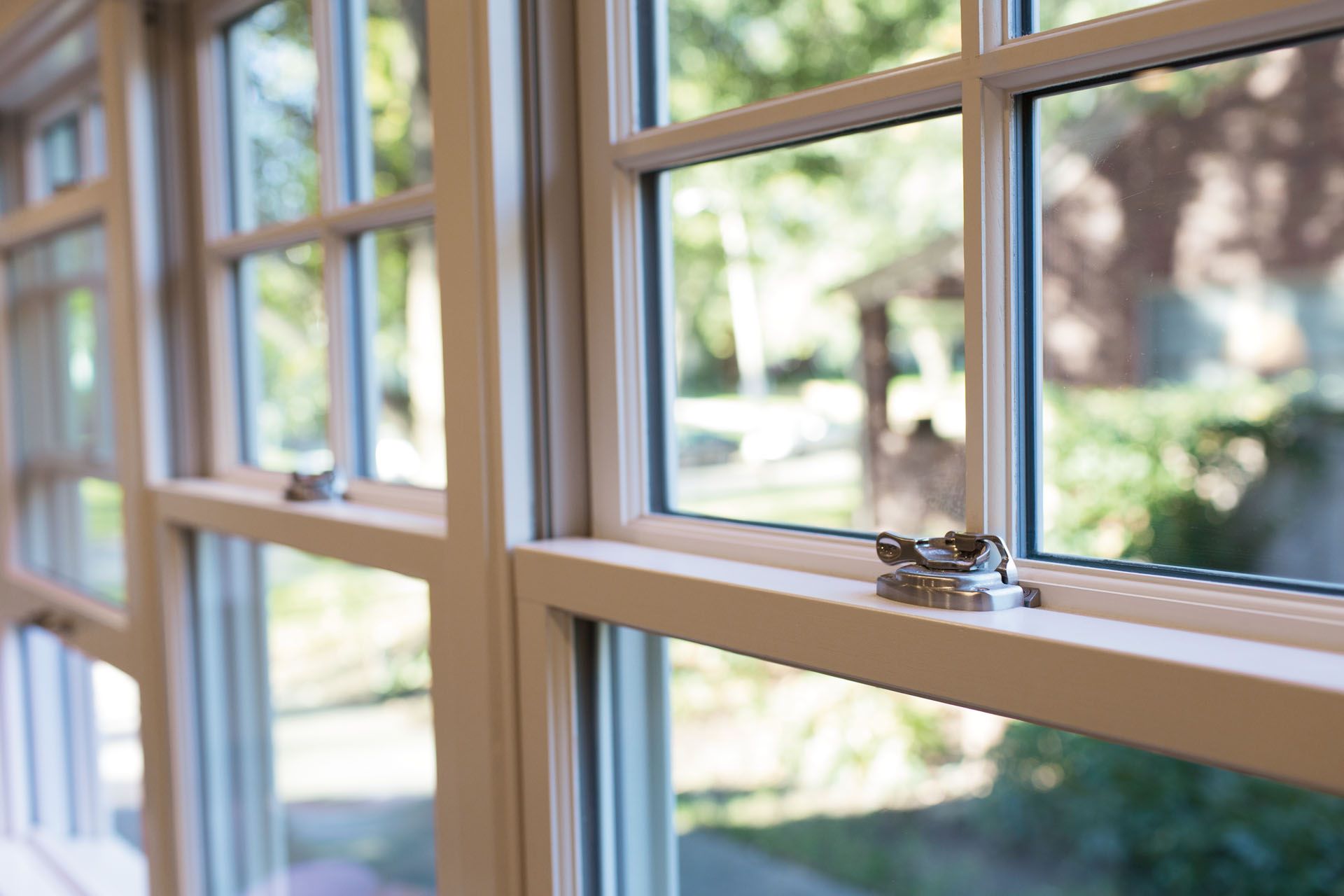

0 thoughts on “How Thick Is Double Strength Glass”